Did you know that 1 in 4 US households, that is around 33.9 million homes, experienced a complete power outage at least once in the 12 months[1]? Basements and garages have evolved beyond mere storage spaces. They now function as home theaters, gyms, or even EV charging stations. These setups require uninterrupted power, making a house battery backup a must-have.
Don’t wait for the next outage to leave you in the dark. A solar backup generator for home, such as Jackery Solar Generator 5000 Plus, offers a reliable and eco-friendly solution and keeps your basement and garage running smoothly.
Why Do You Need a House Battery Backup?
Data from the United States highlights a stark reality regarding power reliability. Since the early 2000s, power outages have increased by 64%, while weather-related outages have soared by 78%[2]. This leaves homeowners scrambling for solutions. With house battery backup like the Jackery Solar Generator 5000 Plus, you can keep your lights on and charge your EV without relying on the grid.
✔ Responding to Power Outages
The US faces an average of 250 power cuts every year. Each outage affects around 80,000 people and typically lasts for about 5 hours[3]. This can be disruptive, especially when your basement and garage serve important functions in your daily life. Let's look at some key areas where a house battery backup is invaluable:
● Home Workshop
If you use your garage as a workshop, a power outage can bring all your work to a halt. Power tools such as saws and drills require a steady power supply, and a house battery backup keeps your tools running without interruptions.
● Home Theaters
Watching your favorite movie and suddenly losing power is frustrating. A house battery backup prevents sudden blackouts from ruining your movie night.
● Electric Vehicle Charging System
If you own an EV, charging at home is convenient, but a power outage can leave you stranded. An indoor generator ensures your EV is always charged, even during grid failures.
● Security Systems
Security cameras and alarms must remain operational 24/7. A house battery backup prevents any security vulnerabilities caused by power failures.
✔ Extreme Weather Threats
From the turn of the millennium up to 2021, a significant 83%[4] of all major power disruptions reported across the United States stemmed directly from weather-related events like hurricanes, tornadoes, and snowstorms. States like Texas, Michigan, California, North Carolina, and Ohio have seen severe power disruptions. A house battery backup helps maintain electricity during these natural disasters.
✔ Long-term Cost Considerations
While the initial investment in a house battery backup system may seem high, it pays off in the long run. Reducing dependency on the grid means lower electricity bills. If you opt for a solar home backup generator, you can even generate and store your energy, reducing long-term costs.
How to Choose the Right House Battery Backup for the Basement and Garage?
With power outages becoming more frequent in the USA, having a house battery backup for your basement is a necessity. But with so many choices, how do you select the best one? Choosing the right house battery backup ensures uninterrupted power, safety, and efficiency. Here is what to consider when making the right choice.

(1) Key Parameters to Consider
A house battery backup is not just about keeping the lights on. It needs to meet your power demands effectively. Here are the most important factors:
Capacity
This determines how long your battery can provide power. If you are running high-energy appliances like an EV or power tools, you will need a system with higher capacity. A lower kWh can suffice for minimal backup power.
Output Power
The wattage indicates how many devices your backup can power simultaneously. A solar backup generator like Jackery Solar Generator 5000 Plus offers high output to support multiple appliances.
Expandability
If you plan to expand your power usage in the future, look for a system that allows for additional battery packs.
Charging Method
While traditional generators rely on gas, a solar home backup generator is a greener, more cost-effective alternative. Solar-powered battery backups not only reduce your electricity bills but also provide energy independence during blackouts.
(2) Space Suitability
Basements and garages are not like living rooms. They come with their own unique challenges. Dust, moisture, and limited airflow can affect the performance of your house battery backup. Here is what to look for:
Compact Design
Since basements and garages have limited space, a compact and modular battery backup system is ideal. Opt for a sleek, space-saving model that fits neatly in the corner or on a wall without taking up valuable room.
Dust and Moisture Resistance
Basements and garages can be dusty and damp, so it is crucial to choose a battery that offers protection against these elements. Choosing a house battery with a sealed, weather-resistant casing ensures longevity and reliability.
Why Is Solar Power the Best Choice?
Choosing the right power source is also important if you are relying on a house battery backup. While traditional gas or diesel generators have been common for years, solar backup generators for homes are emerging as the superior alternative. Why?
They are cleaner, quieter, and more cost-effective in the long run. Let’s discover why switching to solar power is a game-changer for you.
1.Eco-friendliness
Traditional generators burn fossil fuels, releasing carbon monoxide, nitrogen oxides, and other pollutants into the air. According to the Consumer Product Safety Commission, a single gasoline-powered generator can emit as much carbon monoxide as hundreds of cars[5].
In contrast, a solar home backup generator generates zero emissions, making it a sustainable, environmentally friendly solution.
2.Cost Savings [2]
Gas and diesel generators come with ongoing costs. Fuel, maintenance, and repairs add up quickly. Running a 20kW home standby generator at 50% load burns 204 cubic feet of natural gas per hour, costing $2.5 per hour. A simple five-hour outage could cost as much as a movie ticket just in fuel. Plus, maintenance is not cheap either. Expect to spend $500 per year for a home unit, while larger commercial modes can rack up $1000 to $2000+ annually.
With a solar backup generator, you eliminate fuel costs entirely. Once installed, your system uses just sun energy, which helps you save thousands of dollars over its lifetime.
3.Silent Operation
Have you ever tried sleeping or working next to a gas generator? The noise levels can reach 50 to 100 decibels, similar to a rotary mower or heavy city traffic. In contrast, a solar-powered battery backup operates silently, allowing you to enjoy your basement home theater, workshop, or EV charging station without disruptive background noise.
4.Safe for Indoor Use
Gas generators produce carbon monoxide, a deadly gas that can cause poisoning in enclosed spaces. That's why they must be used outdoors. Around 400 Americans die due to unintentional carbon monoxide poisoning every year[6].
A solar-powered indoor generator produces no fumes, making it safe for use inside basements and garages. This means you get a reliable backup power source without worrying about air quality or ventilation issues.
Installation Specifications and Safety Measures to Know
Installing a house battery backup is not just about plugging in a power source. It is about ensuring efficiency, safety, and longevity. A properly installed backup system can keep your basement theater, garage workshop, or EV charger running smoothly during a blackout.
But what about improper installation? That could lead to overheating, electrical hazards, or system failure. Here is what you need to know to set up your battery setup the right way.

1.Compliance with Specifications
Before installing a house battery backup, it is crucial to check your local building codes and electrical regulations. Some states have strict guidelines for home energy storage systems, especially when integrating solar power. A non-compliant setup could lead to hefty fines or, worse, an unsafe system that puts your home at risk.
2.Electrical Connection
Connecting a house battery backup to your home’s electrical panel is not a DIY project unless you are a certified electrician. A professional will ensure seamless integration with your existing power grid, preventing risks like overloaded circuits or back-feeding into the grid, which could be dangerous for utility workers.
A survey demonstrated that electrical failures cause nearly 51,000 home fires annually[7], reinforcing the need for professional installation.
3.Ventilation and Heat Dissipation
Batteries generate heat, especially during heavy use. Poor ventilation can cause overheating, reduce efficiency, or even create fire hazards. It is recommended to install house battery systems in a dry, temperature-controlled space with good airflow, especially in garages where heat tends to accumulate.
4.Test Before You Trust
Before relying on your new setup, conduct a test run to ensure everything is functioning correctly. Simulate a power outage and check if everything, from the basement theater to the security system, stays powered. This ensures the system is correctly wired and can handle the expected load without issues.
5.Safety First
Safety should be a top priority. Using surge protectors helps shield your system from sudden voltage spikes that could damage sensitive electronics. Additionally, fire-resistant enclosures are important, especially in enclosed spaces like basements and garages. Lastly, ensuring proper grounding minimizes the risk of electrical shocks and system malfunctions.
These measures not only provide safety but also extend the lifespan of your backup power system.
Jackery Solar Generator 5000 Plus: The Preferred Home Electricity Support

When it comes to securing reliable power for your basement and garage, the Jackery Solar Generator 5000 Plus stands out as a top-tier battery backup solution. Whether you are running a home theatre, workshop, or EV charging station, this product ensures uninterrupted electricity.
● Capacity
With an impressive 5-60kWH capacity and 7.2-14.4kW output, the Jackery Solar Generator 5000 Plus can sustain your home for up to 30 days, making it ideal for both short-term outages and long-term off-grid power.
Its 120V/240V dual voltage compatibility allows it to handle high-energy appliances like dryers, AC units, water pumps, and ovens. Thus, you won't have to worry about losing power when you need it most.
● Ultra-fast Charging
What truly sets this house battery backup apart is its ultra-fast charging. Fully recharging in just 1.7 hours(via smart transfer switch), it supports multiple charging methods, including AC (1800W, 3.5H), solar (1000W, 6.5h), hybrid (max 4000W, 1.7h), and high-voltage PV(4000W,1.7h). This means seamless integration with solar panels, maximizing efficiency while cutting down energy costs.
● ChargeShield
Moreover, its 0ms UPS switchover keeps important devices like desktop PCs, Wi-Fi routers, and security systems running without disruption. Plus, the ChargeShield 2.0 feature optimizes charging safety, while the smart app control lets you monitor and manage power remotely.
● Portable
It is designed for convenience and features a compact and easy-to-carry design with wheels and a pull handle for easy mobility. The Jackery Solar Generator 5000 Plus offers seamless solar integration, zero-downtime power transfer, and near-silent operation, ensuring your basement and garage stay powered in every scenario.
Installation and Usage Advice: Seamless Home Remodeling
Upgrading your battery backup is all about seamless integration into your basement or garage for maximum efficiency. A well-placed and properly maintained system ensures reliable, uninterrupted energy whenever you need it.
(1) Basement Deployment
The key to setting up a house battery backup in your basement is strategic placement. You can go for a wall-mounted design to save floor space or a floor-standing unit if you have a dedicated energy corner.
Position the battery near high-energy consuming appliances like home theaters, HVAC units, or workshops to minimize power loss.
(2) Garage Integration
If your garage doubles as an EV charging station, installing the backup system close to your EV charger ensures quick and reliable power. However, keep safety in mind. Avoid placing it near fuel storage areas or flammable materials. A well-ventilated, clutter-free corner is best for smooth operation and accessibility.
(3) Smart Monitoring and Maintenance
With advanced smart app control, you can track power consumption, schedule charging times, and get system alerts all from your phone. Regular firmware updates ensure your backup runs at peak efficiency, giving you peace of mind during outages.
Conclusion
Power outages are unpredictable, but your home’s energy should not be. Upgrading your house battery backup in the basement and garage provides uninterrupted power, cost savings, and environmental benefits. By integrating solar backup generators for homes, homeowners can enjoy sustainable and reliable energy.
Why wait for the lights to go out? Jackery’s solar generators offer instant, reliable power, ensuring your basement and garage stay operational at all times. With zero downtime and smart monitoring, this is the energy solution your home needs
References
[1] About 1 in 4 Households Experienced a Power Outage in the Span of a Year. Available at: https://www.census.gov/library/stories/2024/10/power-outages.html (Accessed: 8 April 2025)
[2] Blackouts Are Becoming the Norm—Can the U.S. Power Grid Be Saved? Available at: https://oilprice.com/Energy/Energy-General/Blackouts-Are-Becoming-the-NormCan-the-US-Power-Grid-Be-Saved.html (Accessed: 8 April 2025)
[3] Power cuts: how frequent are grid disruptions? Available at: https://thundersaidenergy.com/downloads/power-cuts-how-frequent-are-grid-disruptions/ (Accessed: 8 April 2025)
[4] Surging Weather-related Power Outages. Available at: https://www.climatecentral.org/climate-matters/surging-weather-related-power-outages (Accessed: 8 April 2025)
[5] CPSC RELEASES NEW REPORT ON PORTABLE GENERATORS. Available at: https://www.goldhaber.com/cpsc-releases-new-report-on-portable-generators (Accessed: 8 April 2025)
[6] Carbon monoxide: Knowing the answer to these six questions could save your life. Available at: https://uihc.org/health-topics/carbon-monoxide-knowing-answer-these-six-questions-could-save-your-life (Accessed: 8 April 2025)
[7] Home Electrical Fires. Available at: https://www.esfi.org/home-electrical-fires/ (Accessed: 8 April 2025)
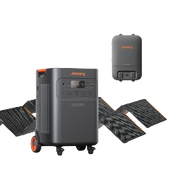
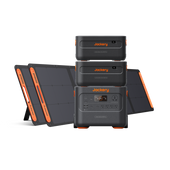
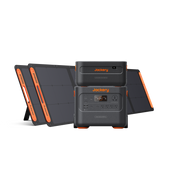
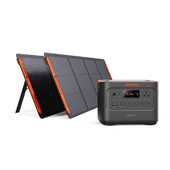
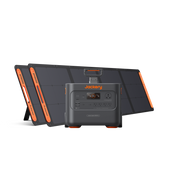

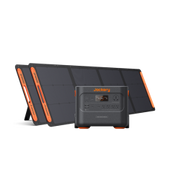
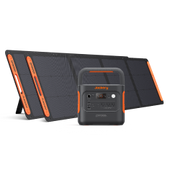

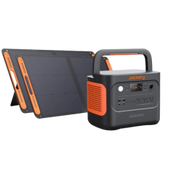
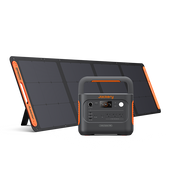
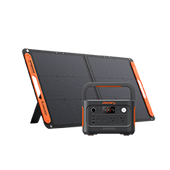

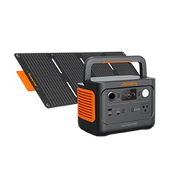

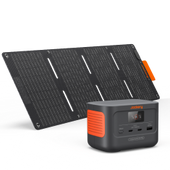
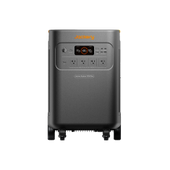
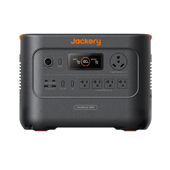

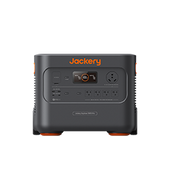
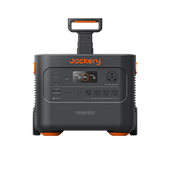
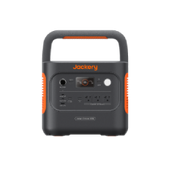
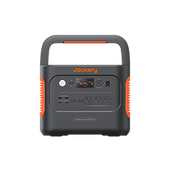

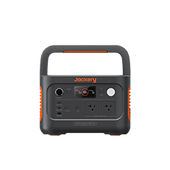
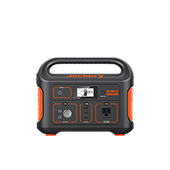
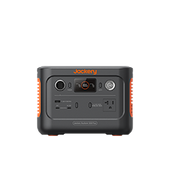

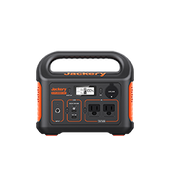
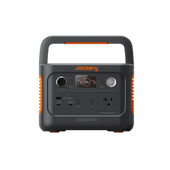
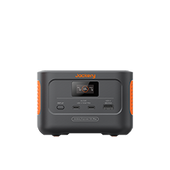



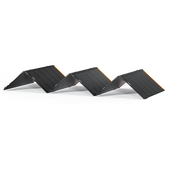
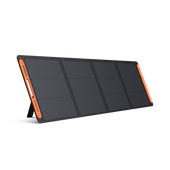
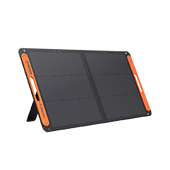
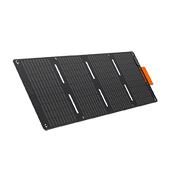

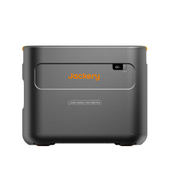
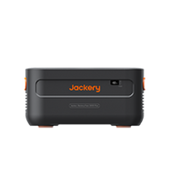


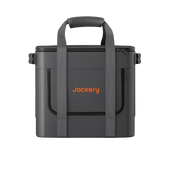

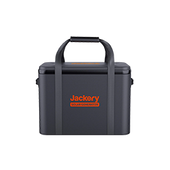

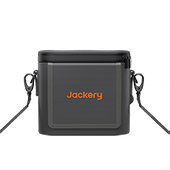
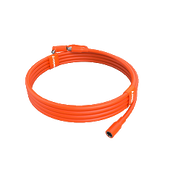





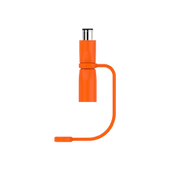


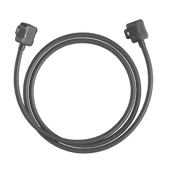
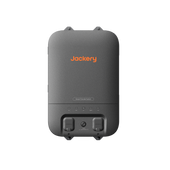
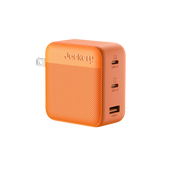




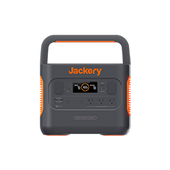
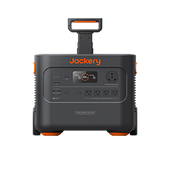
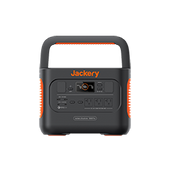
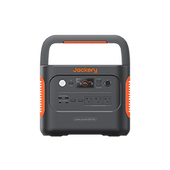
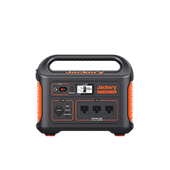
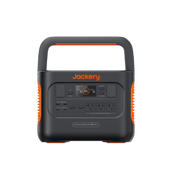
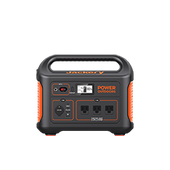
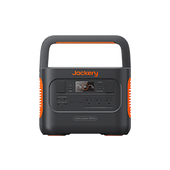
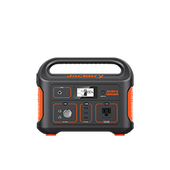
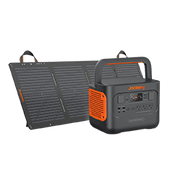
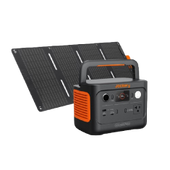
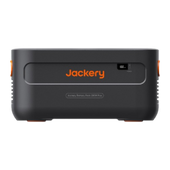




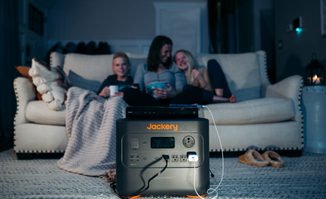


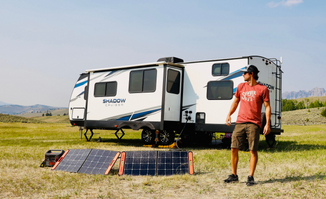












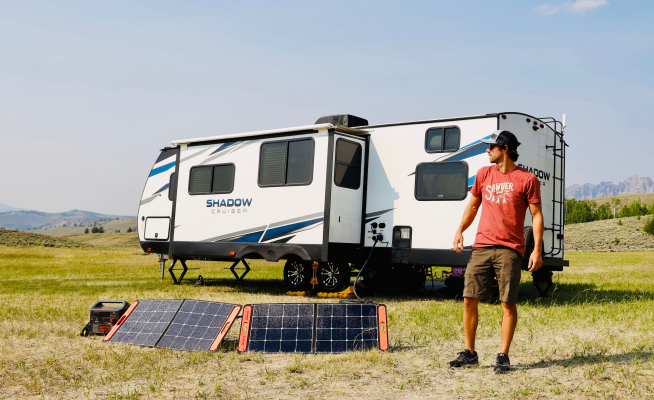


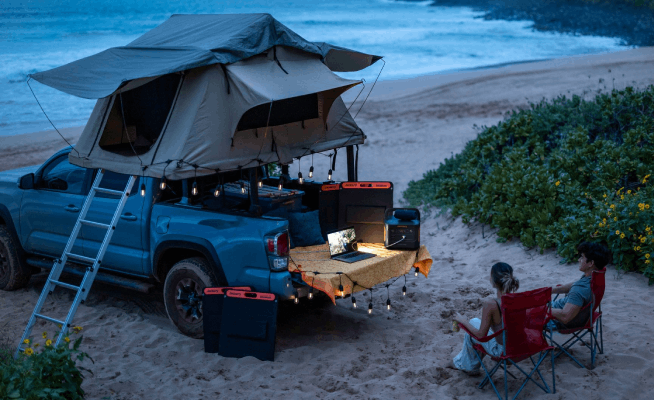
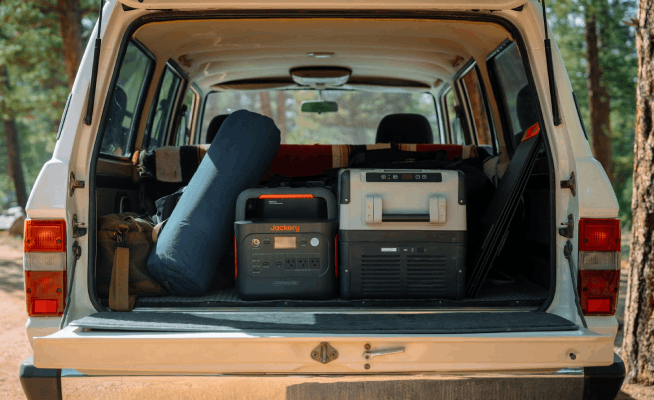

















Leave a comment